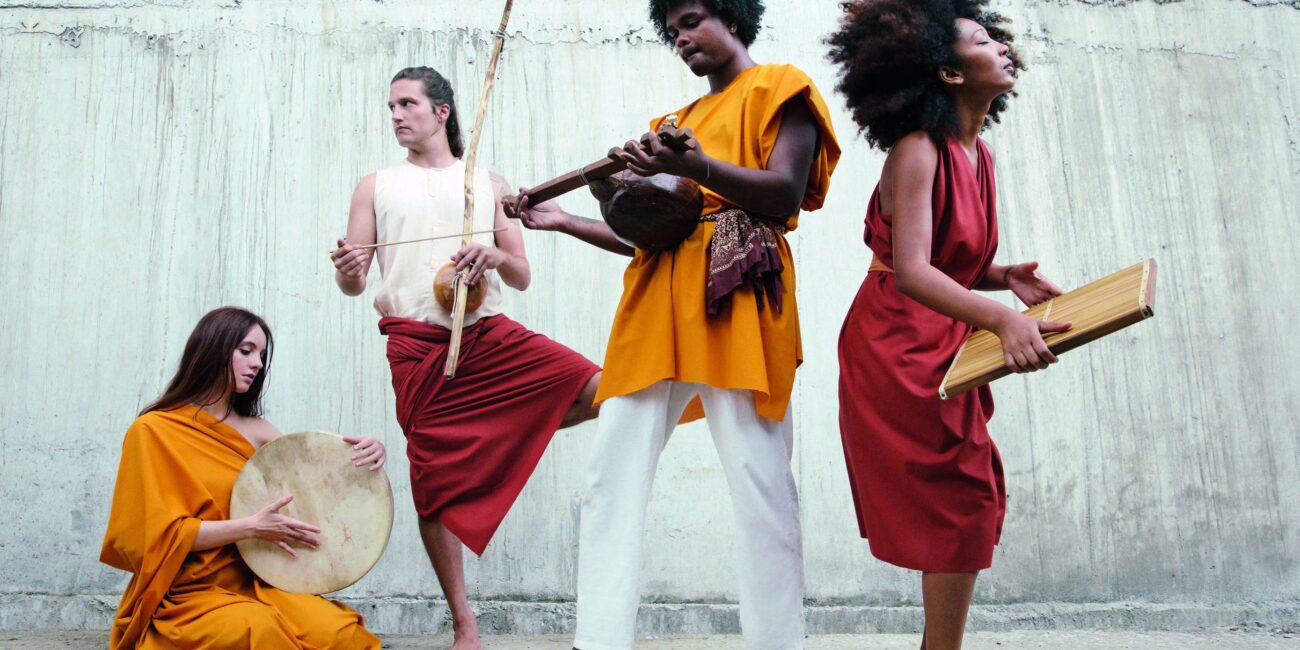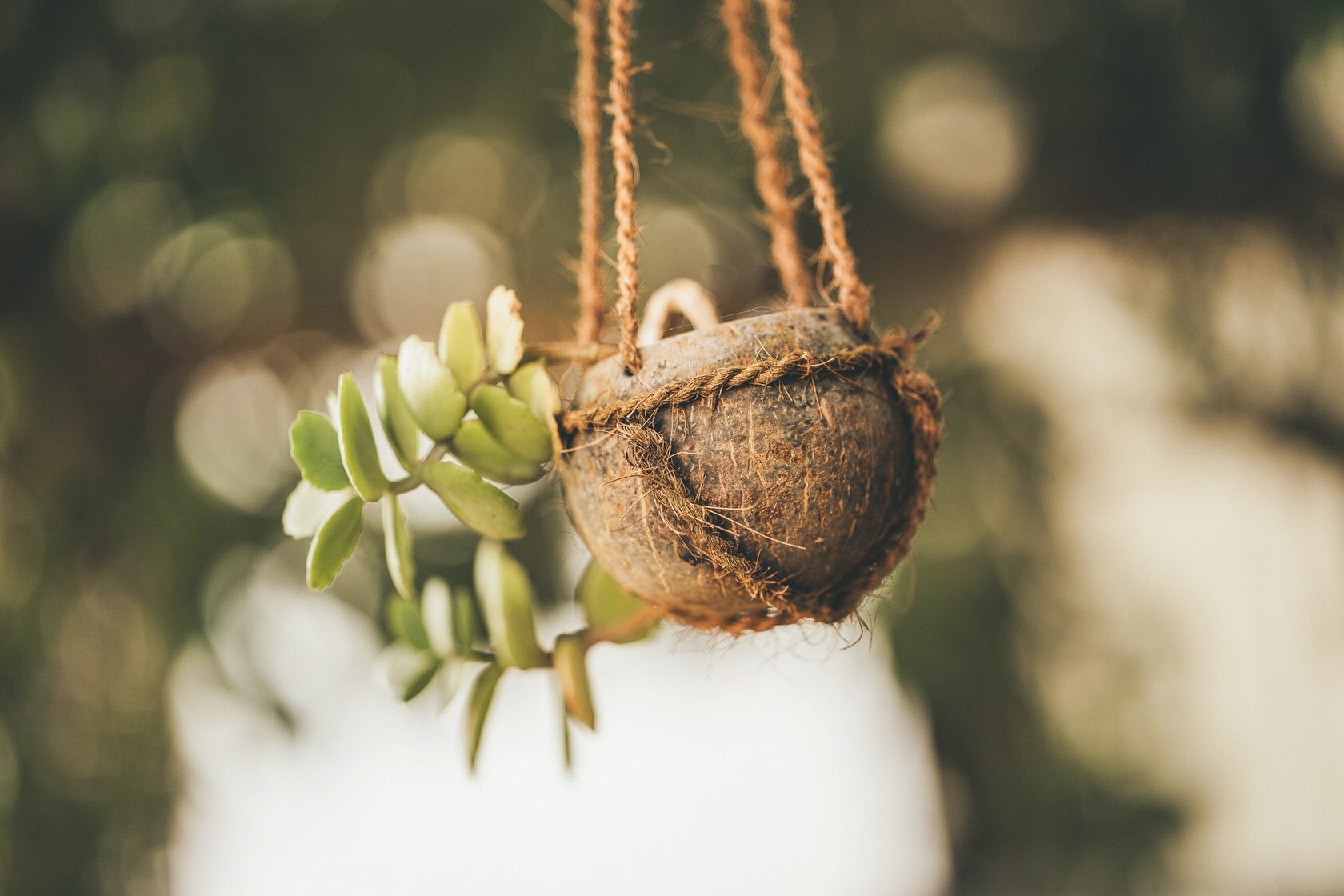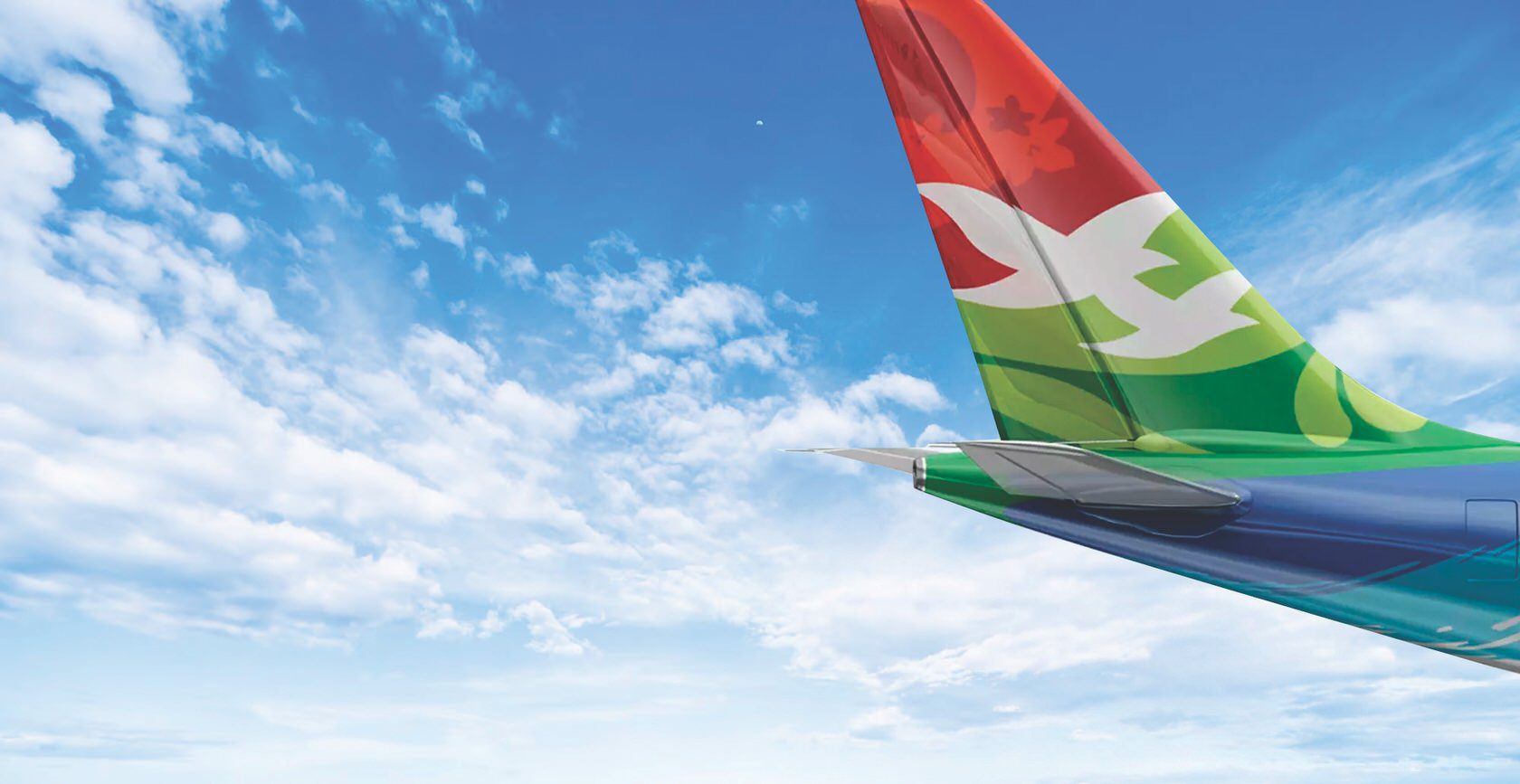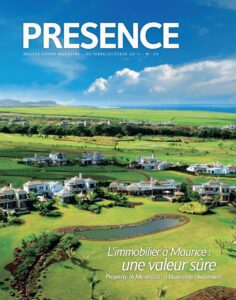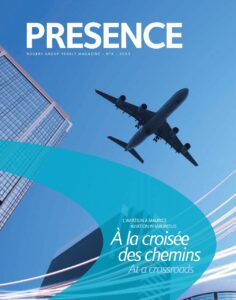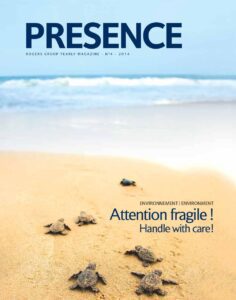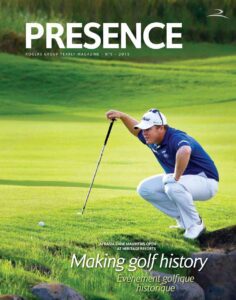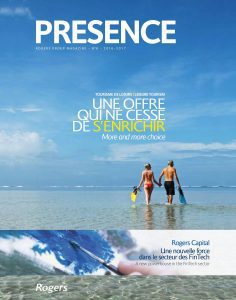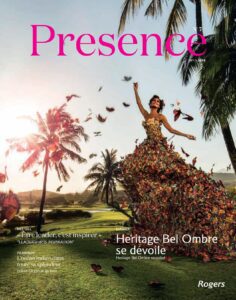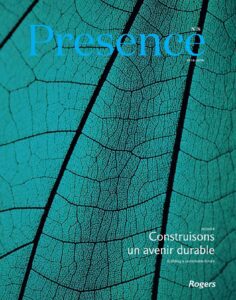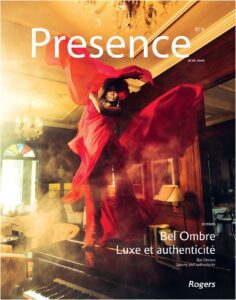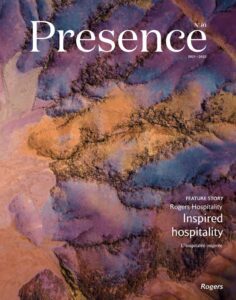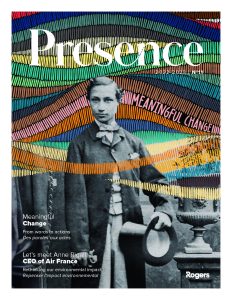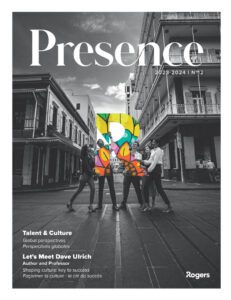A multi-ethnic population, turquoise sea lined with kilometres of sandy beaches and enchanting hotels. This idyllic image has lasted for decades, making Mauritius a world-renowned destination. Yet, driven by a passion and desire for innovation, the island is constantly reinventing itself, up to the point of ridding itself from island life clichés. The locally and internationally inspired cultural scene is undergoing a transformation and now shines brighter than ever.
New ambitions
What better way to understand the development of society than through art and music? Traditional sega, whose ravane percussions are a key component of the Mauritian music scene, is no longer the only local music genre. From rock to jazz, from electro to fusion, the new generation, proud of its origins but drawing inspiration from others, has adopted an experimental approach. The same goes for all artistic expressions where eclecticism is now expressed freely. “With the arrival of the Internet and social networks, young people are exposed to many different styles and, as a result, produce sounds that do not come entirely from here, but that they felt drawn to,” explains Stephan Jauffret-Rezannah. The director of the music label Jorez Box recalls “the inception of an alternative, creative and refined cultural scene” about seven years ago.
After discussions with the Indian Ocean Music Market (IOMMA) on the island of Reunion, Stephan launched the Mauritius Music Expo (MOMIX), an interactive training platform open to cultural actors. Even if it holds an important place in the heart of the Mauritians, music has long been considered as a hobby, much to the regret of some artists. MOMIX aims to professionalise and export over the world.
At the same time, when it comes to the production, communication and marketing of a work, Jorez Box has taken it to the next level. “We realised that our artisanal methods don’t always function as effectively beyond our borders. Through meetings and travelling, we became aware of our strengths and weaknesses, and we then structured our methods to bring us closer to international standards. This is what allows our artists today to participate in renowned music festivals and go on tour, as Eric Triton [editor’s note: the national bluesman] is currently doing, in Europe”, exults Stephan Jauffret-Rezannah.
Going on tour – a vital part of a music artist’s career – makes it possible to share their music to a new audience and to break stereotypes. This is the challenge that the group, Patyatann, took on during their tour in France and Switzerland earlier this year. The young quartet proposes an enthralling musical style inspired by African, Western and Eastern sounds, on their first album, Sanpek, released in 2016. The album, featuring ten songs, brings together musical instruments of Mauritius with the Chinese erhu and the zeze of Sub-Saharan Africa.
Lauching Air Mauritius
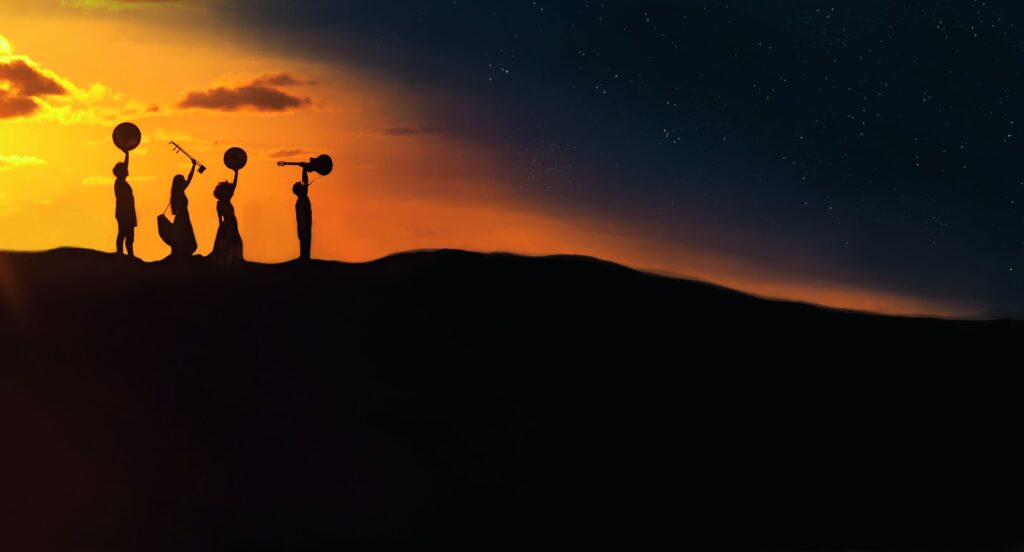
Patyatann, the young quartet proposes an enthralling musical style inspired by African, Western and Eastern sounds, on their first album, Sanpek, released in 2016.
The advent of festivals
Other cultural actors across all sectors adhere to this creative movement. In addition to musical gatherings, other major entertainment events are also punctuating the life of Mauritians, such as short film festivals, literary workshops, and contemporary art exhibitions, among others. All of which create a real social dynamism all year round throughout the island
This boom also saw the creation of artistic events of a new kind that aimed to promote the island’s heritage, stimulate the creativity of young people and initiate a discussion on a Mauritius that’s as “smart” as it is dynamic. Among these events, the Porlwi festival has really made a name for itself ever since its first edition in 2015. Partly inspired by Lyon’s Festival of Lights, this event, held over three days in the capital city, arouses the curiosity of thousands of Mauritians and tourists alike. The festival is a breath of fresh air, offering a new perspective of the island at an international level.
Thanks to the work of the Akademi Kreol Morisien, Mauritian Creole now has an official orthography, which is now also taught at school.
National pride
The valorisation of Creole as a language also marks a significant turning point in the evolution of the Mauritian culture. As an integral part of our identity, it hasn’t always been glorified as it is today. But through constant efforts that have been put in place, it has obtained its recognition. “Unfortunately, there is this idea that Creole, the language of slaves, is only an oral language that doesn’t have the same literary quality as English and French,” regrets Michel Ducasse, a Mauritian poet. However, through his collection Enn Bouke Bwa Tanbour (Éditions Vilaz Metis, 2017), he manages to shake up these notions, translating with exceptional quality 26 poems from the likes of Charles Baudelaire, William Shakespeare, Louis Aragon, Rabindranath Tagore and even Jacques Prévert.
Thanks to the work of the Akademi Kreol Morisien, Mauritian Creole now has an official orthography, which is now also taught at school. On the musical side, this heritage is celebrated so much so that it strengthens the population’s sense of pride. This trend echoes through the hotels and tour operators of the island, who proudly show-off the language’s richness to tourists curious to discover Mauritian culture.
Graced by what the world has to offer and driven by the desire to unveil its various aspects, Mauritius is likely to charm, differently, but with delightful surprises, more generations in the years to come.

